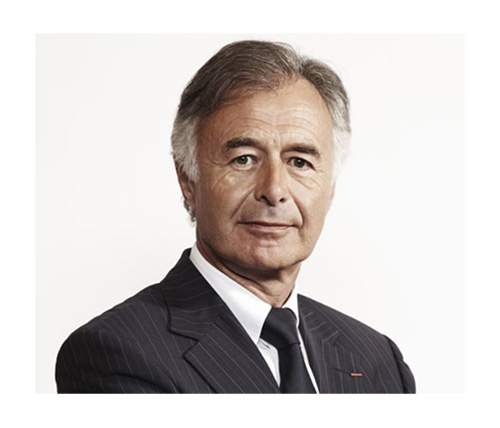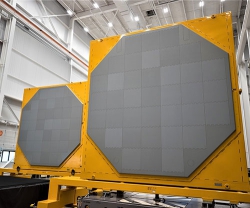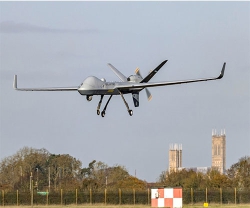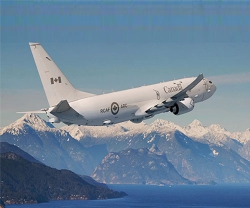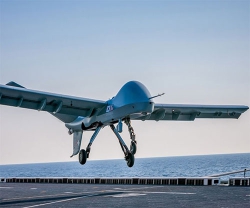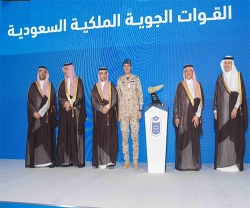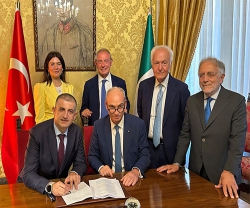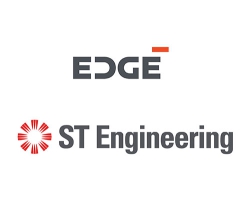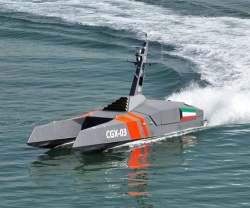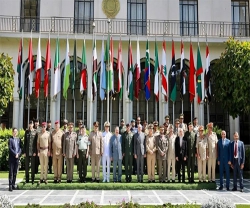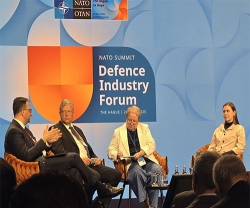Safran unveiled ambitions to become the world’s leading aerospace supplier in 15 years, overtaking United Technologies, as it pledged a research and development (R&D) spending drive while increasing cash returns to shareholders, Reuters reported.
But the French aerospace engine and equipment supplier said it did not plan major new acquisitions after buying Zodiac Aerospace to become, according to its calculations, the industry’s second-largest aerospace equipment supplier.
The merger happened formally this week and Safran is poised to ditch the brand of Zodiac, founded by an airship pilot and an aristocrat more than a century ago to make air balloons and now one of the biggest manufacturers of aircraft seats.
“I don’t want Safran and ex-Zodiac people. I want everyone to feel part of the Safran group as soon as possible,” Safran CEO Philippe Petitcolin (photo) said ahead of last Thursday’s investor day.
Safran, itself formed from a 2004 merger that gave rise to several years of internal tensions followed by asset sales, said it was accelerating the operational recovery of Zodiac Aerospace from the repeated production problems that forced it into Safran’s arms earlier this year.
It confirmed a goal of 200 million Euros ($228 million) of annual pretax cost savings from the merger by 2022 and said “further upside has been identified”.
Safran also predicted a 50 percent increase in group earnings before interest, tax, depreciation and amortization (EBITDA) for 2018-2022, helping to lift its share price by 4 percent in afternoon trade.
Safran, which co-produces engines for narrowbody jets with General Electric, said it was gearing up for a new cycle of research and development, partly driven by a potential mid-market jet being considered by Boeing.
Such a project would consume about $1 billion in Safran engine R&D, Finance Director Bernard Delpit told reporters.
The company also pledged “targeted” R&D efforts at Zodiac and a 30 percent increase in broader research and technology spending as it laid out plans for better propulsion aircraft with more electrics and connected cabins, as well as wider use of 3D printing.
It predicted like-for-like revenue percentage growth in mid-single digits over 2019-2022 and a recurring operating margin “trending to a 16-18 percent range” by 2022 after an engine model switch and the recovery of Zodiac’s interiors business.
Safran achieved a 14.6 percent margin in the first half.
The company plans to invest in more maintenance and repair activities as it relies more heavily on power-by-the-hour contracts for its new ‘LEAP’ engine, underpinning a forecast of high single-digit growth in civil aftermarket sales for 2018-22.
It reaffirmed delivery targets for the engine that powers the latest generation of Boeing 737 jets and some Airbus A320s.
Safran is an international high-technology group, operating in the aircraft propulsion and equipment, space and defense markets. Safran has a global presence, with more than 58,000 employees and sales of 16.5 billion Euros in 2017.
Working alone or in partnership, Safran holds world or European leadership positions in its core markets. Safran undertakes Research & Development programs to meet fast-changing market requirements, with total R&D expenditures of around 1.4 billion Euros in 2017. Safran is listed on the Euronext Paris stock exchange, and is part of the CAC 40 and Euro Stoxx 50 indices.
In February 2018, Safran took control of Zodiac Aerospace, significantly expanding its aircraft equipment activities. Including Zodiac Aerospace, acquired by Safran in February 2018, the Group has over 91,000 employees and would have around €21 billion in adjusted revenues (pro forma 2016).

